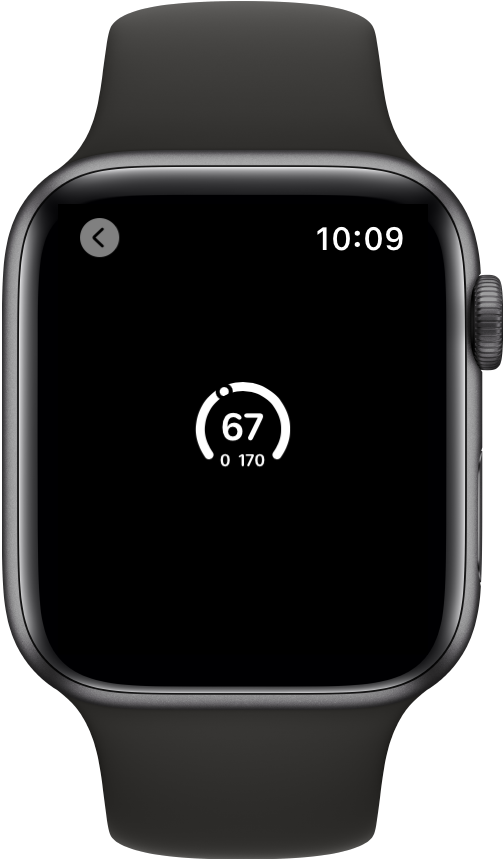Initializer
init(value:in:label:currentValueLabel:minimumValueLabel:maximumValueLabel:)
Creates a gauge showing a value within a range and describes the gauge’s current, minimum, and maximum values.
Declaration
宣言
init<V>(value: V, in bounds: ClosedRange<V> = 0...1, label: () -> Label, currentValueLabel: () -> CurrentValueLabel, minimumValueLabel: () -> BoundsLabel, maximumValueLabel: () -> BoundsLabel) where MarkedValueLabels == EmptyView, V : BinaryFloatingPoint
Parameters
パラメータ
valueThe value to show on the gauge.
boundsThe range of the valid values. Defaults to 0...1.
labelA view that describes the purpose of the gauge.
currentValueLabelA view that describes the current value of the gauge.
minimumValueLabelA view that describes the lower bounds of the gauge.
maximumValueLabelA view that describes the upper bounds of the gauge.
Discussion
議論
Use this method to create a gauge that shows a value within a prescribed bounds. The gauge has labels that describe its purpose, and for the gauge’s current, minimum, and maximum values.
struct LabeledGauge: View {
@State private var current = 67.0
@State private var minValue = 0.0
@State private var maxValue = 170.0
var body: some View {
Gauge(value: current, in: minValue...maxValue) {
Text("BPM")
} currentValueLabel: {
Text("\(Int(current))")
} minimumValueLabel: {
Text("\(Int(minValue))")
} maximumValueLabel: {
Text("\(Int(maxValue))")
}
}
}

See Also
参照
Creating a Gauge
ゲージを作成する
